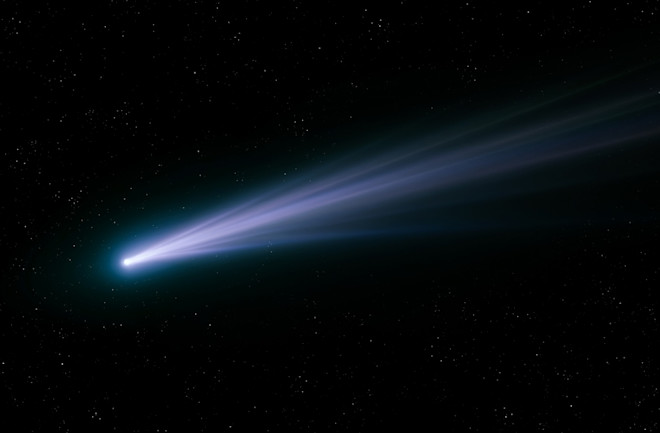Comet C2024-G3: A Journey Through the Cosmos


Comet C2024-G3
The cosmos has always intrigued humankind, revealing celestial wonders that captivate our imagination. One such intriguing phenomenon is the comet C2024-G3, which has sparked interest among astronomers and space enthusiasts alike. This partially disintegrated non-periodic comet reached perihelion on January 13, 2025, at a remarkably close distance of 0.09 astronomical units (AU) from the Sun.
Understanding the Characteristics of C2024-G3
The comet C2024-G3 is notable for its partially disintegrated structure. As comets approach the Sun, they experience increasing gravitational forces and thermal energy, often leading to fragmentation. The disintegration of C2024-G3 raises essential questions regarding the processes at work within our solar system. Its close encounter with the Sun allowed scientists to capture data contributing to our understanding of cometary behavior during perihelion, making it an exciting subject of study.
The Significance of Its Perihelion
The perihelion of C2024-G3 on January 13, 2025, marked a significant moment for both professional astronomers and amateur sky watchers. At only 0.09 AU from the Sun, the comet provided an extraordinary opportunity for observations. Positioned within this proximity, comets tend to exhibit bright comas and tails, revealing intricate details that are usually obscured when they are farther away.
The events leading to perihelion can also host potential discoveries, such as examining the chemical composition of the comet and evaluating its potential contributions to the solar system's evolution. Such data plays an integral role in enhancing our comprehension of how comets interact with the solar wind and their contributions to the delivery of organic materials to planetary bodies.
As astronomers continue to study C2024-G3, they aim to document its trajectory and analyze its composition. This data may potentially yield valuable insights into the early formation of our solar system as well as the nature of other similar celestial bodies.
In conclusion, the exploration of comet C2024-G3 offers a remarkable segue into understanding the complexities of comet behavior and their significant positions within our solar system. By observing its disintegration at perihelion, researchers can further investigate the unique phenomena surrounding non-periodic comets, opening doors to newfound cosmic mysteries.
